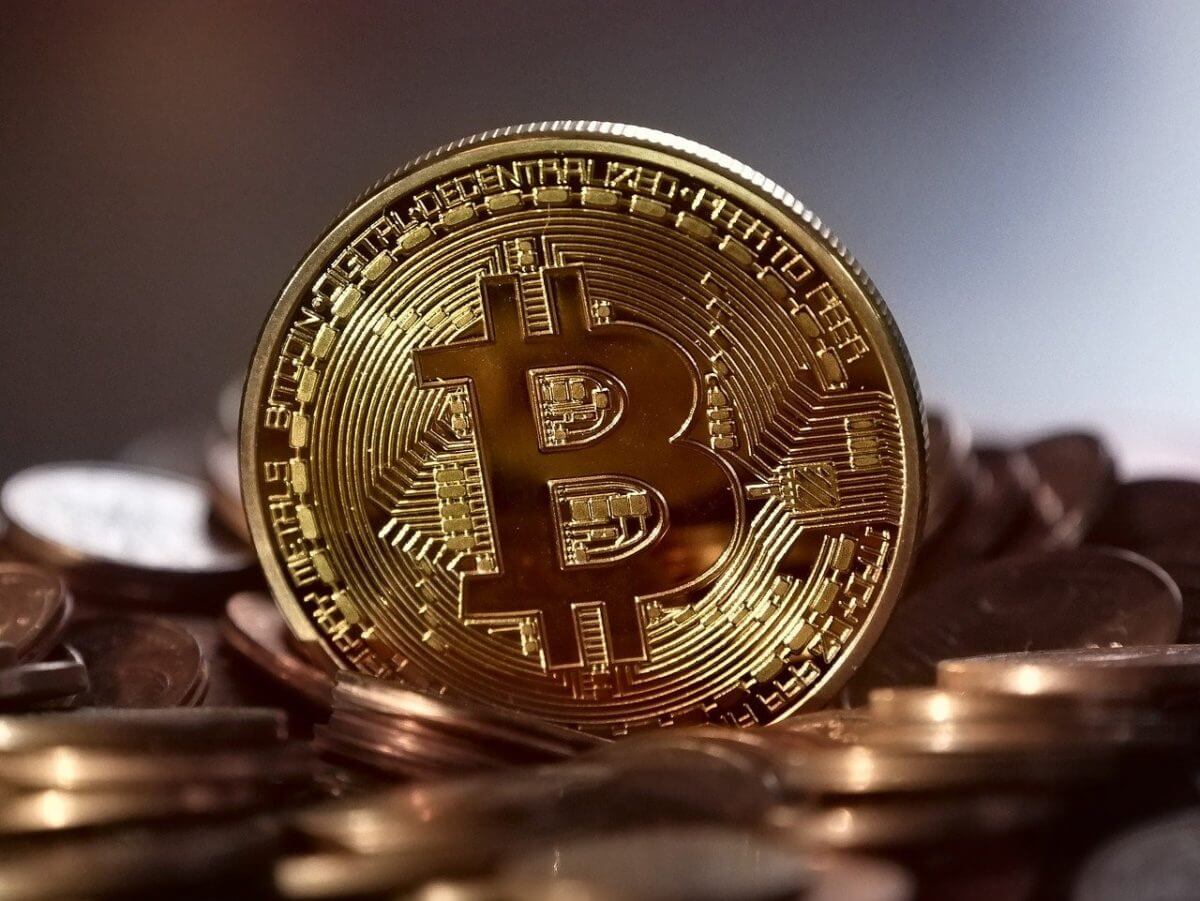
Bitcoin Holds Below $40K
In contrast to U.S. stocks, Bitcoin’s price stabilized Tuesday after the U.S. Consumer Price Index increased to 8.5 percent in March, bringing the primary inflation rate to a new four-decade high. The most valuable cryptocurrency, Bitcoin, is holding its own as oil prices rise beyond $100 per barrel.
Tuesday’s trading action in the United States began with the monthly Consumer Price Index report, revealing that inflation surged to 8.5 percent in March, a new four-decade high. The information assuaged analysts’ fears that prices were spinning out of control and equities soared; several experts predicted that inflation was nearing high. Rising oil prices later in the day appeared to dampen the mood.
However, at the time of publication, bitcoin was somewhat higher, trading at roughly $39,600.
The surge was surprising because bitcoin had been falling for two days in a row, plunging below $40,000 for the first time since mid-March earlier this week. Some investors view Bitcoin as a hedge against inflation. Still, the 13-year-old cryptocurrency’s price swings have recently become increasingly correlated with U.S. stocks.
The player at the core of the dispute, Neso, has been removed from the team’s roster. The Gem.xyz team contends that he was an anonymous developer, not a stockholder. There is no evidence that he is anyone else who would bear court examination.
On Tuesday, Bitcoin (BTC) rose beyond $40,000 as buyers reacted to short-term oversold indications. The cryptocurrency could see more price fluctuations within its two-month range of $37,500 support and $47,000 resistance.
BTC has lost roughly 12% in the last week, while technical signs imply that the drop may level off in the coming days.
The relative strength index (RSI) is reaching oversold levels on the daily chart, indicating that buyers may continue aggressive moving into the Asian trading day. Furthermore, positive momentum indications on the weekly chart suggest that this month’s pullbacks will be brief. At $50,966, there is more opposition, which could limit a price increase.




